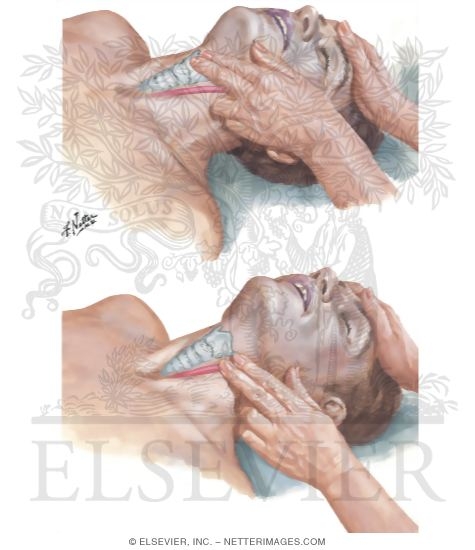Carotid Pulse

Ear pulsing: A carotid lesion with transmission of flow feeling to the ears is possible so a carotid echo is reasonable. The symptom is not specific and lots of th. The carotid pulse is characterized by a smooth, relatively rapid upstroke and a smooth, more gradual downstroke, interrupted only briefly at the pulse peak. These palpable pulsatile changes in the carotid arterial diameter are virtually identical to the intraluminal pressure pulse. 'stand up and neck start pulsate super strong, do the carotid arteries expand or narrow? Took bp and was normal, shouldnt it be high?' Robert Fietsam: Pulsate: With blood flow and pressure, the artery walls will expand wi. Carotid pulse: puls 1. The beat of the heart as felt through the walls of a peripheral artery, such as that felt in the radial artery at the wrist. Other sites for pulse measurement include the side of the neck (carotid artery), the antecubital fossa (brachial artery).
Click to see full answer
Carotid Pulse Definition

Also know, is there a difference between radial and carotid pulse?
The pulse felt on the neck is called the carotid pulse. When felt on the groin, it is called the femoral pulse. The pulse at your wrist is called the radial pulse.
Likewise, is your pulse stronger on one side? A strong pulse on the right side with a weak one on the left may suggest an aortic dissection or a stenosis of the left subclavian artery. If a decreased pulse is detected, further evaluation might include ultrasonography or assessments of the ankle brachial index.
Regarding this, why is the carotid pulse the best to use in an emergency?

That is why the peripheral pulse should only be used in people who are well. In emergency situations the central pulse (carotid pulse) should be taken first, as this does not disappear under low blood pressure conditions. The absence of a pulse (central/carotid) means that cardiac arrest has occurred.
Carotid Pulse 3+
Why is radial pulse preferred?
Carotid Pulse Point
In a conscious adult, the radial artery is the preferred pulse point, for a number of reasons: 1. It's less invasive. Reaching for the femoral artery on the inner thigh, doubly so.
